If you had ever noticed some of the animals around you seem to be completely halted? Could be yes from your eyes! But they are on their pace of movement as of how we do on ours. Chucking apart the “slow motions” that we have seen on the televisions, some of the animals here are on their “ultra-motions”.
Honestly speaking, the slowest of slower animals happen to be the hardest for measuring their speed. Further, while listing down their speeds here, not all of them seem to accurate from my point of view. However, they are the dead-slow animals in the world.
We come up with the 10 slowest animals in the world that can give you enough time to photograph them.
10. Loris
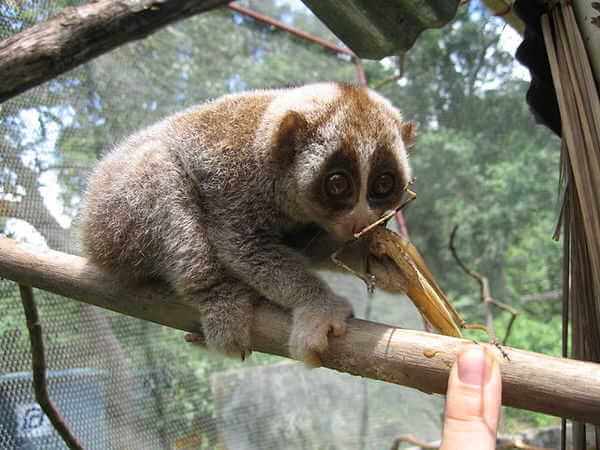
Also recognized as “Lorine”, the loris is a nocturnal animal. Found in tropical regions of India, Sri Lanka, and Southeast Asia. Most of the time, the lorises are seen moving at night slowly in search of their foods.
Basically, though they are slow in movement, they travel for longer distances at night feeding on a complex diet like fruits and insects. In terms of speed, the lorises can wave to a speed of about 2 km/h.
Additionally, the animal is seen to be beautiful in terms of looks, but
9. Gila Monster
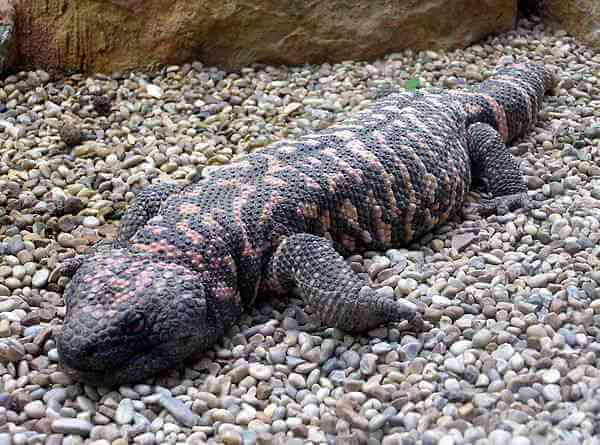
Gila monster is one variety of lizard falling under the category of being venomous. Residing majorly in the southwestern United States and northwestern Mexico.
The speed of this lizard species is relatively very slow in nature, which can move at a speed of about 1.6 km/h. Additionally, the Gila monster lizards tend to possess low metabolism, which is one reason behind being slow in terms of speed. Further, they are seen to use their venom as a primary combating weapon to counter the prey.
The lizard species are listed in the IUCN list as Near Threatened. Finally, if you come across this specific lizard, stay away from it as it can cause damage to the
8. Roundworms
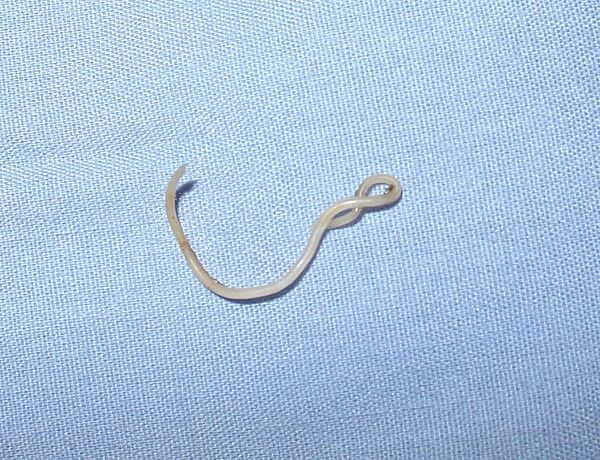
In fact, very weird to add the roundworms on this list here,
The roundworms as a parasite within the host move within the organs at potentially low speed. They move at a
Some of the roundworms like “trichina worm” are known to know dangerous diseases in humans. They can get latched upon human tissue as larvae of hookworms, pinworms, or ascarids. Further, they grow in the host is known to be called as “roundworms”.
Very weird to add the roundworms on this list here,
7. Koala Bear
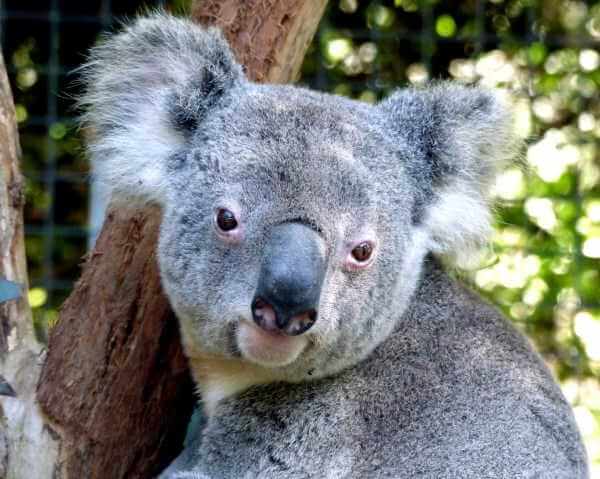
Koala bear is one of the most loved animals in Australia. Majorly found in the parts of South Australia, New South Wales, Victoria, and Queensland. Basically, the bears are slow in movements, the koala bears are the slowest of all the bear species in the world.
The maximum recorded speed of a koala bear movement is at 10 km/h, which is ideally slower than the max record. Koala bears are very lazy by nature, which settle and sleep at a place for over 20 hours. Additionally, their entire life is sedentary and spend the whole of their life on trees.
6. Banana Slug
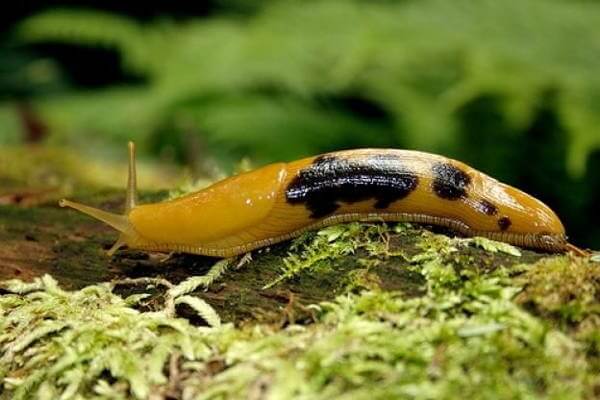
Banana slug by the name resembles like a ripened banana exactly in the color of yellow. The banana slugs grow to a size of about 25 centimeters in length, accounted as the second-largest of terrestrial slug in the world. The sailing speed of this animal species is incredibly less with an average of 3-4 inches per minute.
The glossy slime secretion on their body helps them in adhering to the surface even while moving on the walls. In conclusion, the color is not always in yellow, which proportionately depends on their health as well.
5. Giant Galápagos Tortoise

Giant Galápagos tortoise is accounted as the largest living tortoise species in the world. The Galápagos tortoises reside majorly in parts of western Ecuador, and Aldabra in the India Ocean.
The weight of this tortoise species is one reason behind being the slowest by nature. A fully-grown Galápagos tortoise can weigh up to 417 kg. Incredibly slow in moving, they are seen moving at a speed of 0.3 km/h.
4. Garden Snail

We always have had a sarcastic reference of snail over something moving unimaginably slow. The Garden snail is one such slow-moving animal, which moves at a speed of about 1.3 centimeters per second.
Additionally, the Garden snails move forward in the form of a wave pattern. They basically secret mucus as they move through their paths.
The mucus secretion is due to their inability to move on hard surfaces due to the glossy body. Snails tend to crawl with lubrication both on land and water.
3. Starfish

If you have spent more time along different seashores across the globe, then starfish would have been a definite spotting. Starfish is considered as one of the slowest moving sea fish at a speed of just 6 inches per minute.
Above all, the starfishes move along the waves and use their tube feet for their movement. An interesting fact to note that the starfish move in bilateral patterns when they are advanced by dangers. Each foot moves in the form of a
2. Seahorse

Seahorse by the name
As the seahorses lack the caudal fins, they potentially lag the ability to swim like other normal fishes. Therefore, their movements are underprivileged and use the dorsal fins for fluttering. Finally, in comparison with the chameleons, the seahorses too can independently move their eyes through all directions.
1. Three-toed Sloth
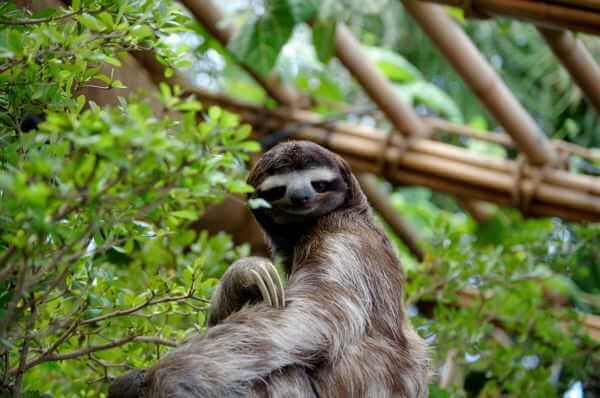
The three-toed sloth is by far considered as the slowest animal in the world. It is native to South and Central America. To be very straightforward, the sloth is sometimes used for referring to someone who is very lazy just due to the nature of the animal itself.
The sloth word itself refers to being lazy or inactive. Further, the three-toed sloth moves at a speed of 0.24 km/h. Additionally, they reside most of their life on trees. Sloths can weight up to 4.5 kg, which can grow slightly bigger than a puppy.